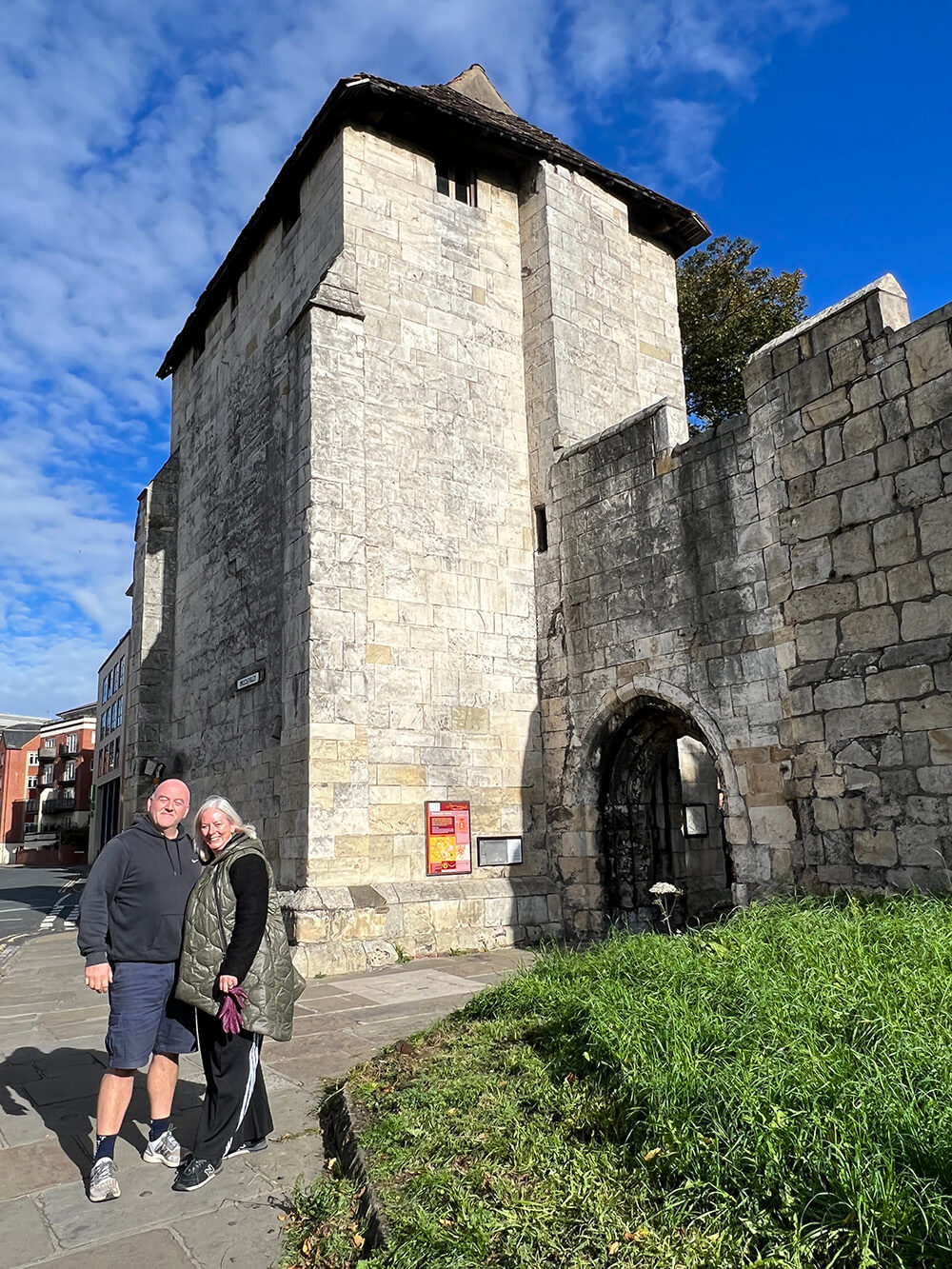Allotment Drinks supported the planting of 0.75 hectares of wildflowers in the UK in 2022
We all see wildflowers as beautiful and great for our well-being, but for the thousands of pollinating insects that share this land with us, wildflowers are vital. There’s a problem - pollinators are finding themselves in isolated oases, walled in by agricultural land, urban landscapes, roads, and gardens. What humans see as neat and tidy; insects see as desert! Since 1940 we’ve lost ninety seven percent of our flower rich meadows and hundreds of our pollinator species are in decline.
Allotment Drinks is part of a beautiful solution to the problem by helping to restore B-Lines – a network of insect pathways along which we are restoring and creating wildflower rich habitat. These insect super highway created in partnership with GreenTheUK and Buglife will extend across the whole of the UK, allowing wildlife to move freely through our countryside and towns.

Next Spring, head down to York City Walls to admire the wildflowers planted by and thanks to the wonderful Claire Oxley and her company Allotment Drinks Ltd. in partnership with GreenTheUK. Due to the historic nature of the site, we had to carefully choose what wildflowers to plant which included: Common Bird's-foot-trefoil (Lotus corniculatus) Cowslip (Primula veris) Field Forget-me-not (Myosotis arvensis) Lungwort (Pulmonaria officinalis) Primrose (Primula vulgaris) Snakeshead Fritillary - purple (Fritillaria meleagris) White Campion (Silene latifolia) White Dead-nettle (Lamium album) Wood Anemone (Anemone nemorosa). The project could not have happened without our partner Buglife and volunteers from the Friends of York Walls alongside an archeologist who collected the artefacts we found during our dig - we think we may have found a piece of Victorian pottery and a goat or sheep bone.
Wildflowers & Grasses Planted

UN's Sustainable Development Goals
As a GreenTheUK partner, you support projects that are in line with the UN Sustainable Development Goals.

Take urgent action to combat climate change and its impacts.

Sustainably manage forests, combat desertification, halt and reverse land degradation, halt biodiversity loss.































































